
Richard Robert Ernst was a Swiss physical chemist and Nobel laureate.
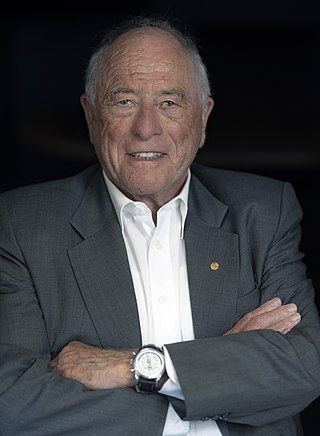
Kurt Wüthrich is a Swiss chemist/biophysicist and Nobel Chemistry laureate, known for developing nuclear magnetic resonance (NMR) methods for studying biological macromolecules.
Nuclear magnetic resonance spectroscopy of proteins is a field of structural biology in which NMR spectroscopy is used to obtain information about the structure and dynamics of proteins, and also nucleic acids, and their complexes. The field was pioneered by Richard R. Ernst and Kurt Wüthrich at the ETH, and by Ad Bax, Marius Clore, Angela Gronenborn at the NIH, and Gerhard Wagner at Harvard University, among others. Structure determination by NMR spectroscopy usually consists of several phases, each using a separate set of highly specialized techniques. The sample is prepared, measurements are made, interpretive approaches are applied, and a structure is calculated and validated.
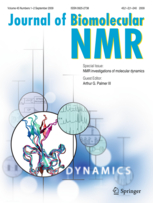
The Journal of Biomolecular NMR publishes research on technical developments and innovative applications of nuclear magnetic resonance spectroscopy for the study of structure and dynamic properties of biopolymers in solution, liquid crystals, solids and mixed environments. Some of the main topics include experimental and computational approaches for the determination of three-dimensional structures of proteins and nucleic acids, advancements in the automated analysis of NMR spectra, and new methods to probe and interpret molecular motions.
Rafael Brüschweiler is a scientist who studies nuclear magnetic resonance (NMR). He is credited for the development of Covariance NMR, which shortens the NMR measurement time for multidimensional spectra of both solution and solid-state NMR. It also allows for easier analysis and interpretation. For this achievement he was awarded the Laukien Prize in NMR Spectroscopy at the 47th Experimental Nuclear Magnetic Resonance Conference (ENC). He is also a leading scientist in NMR-based metabolomics and protein NMR.

Eukaryotic translation initiation factor 4 gamma 3 is a protein that in humans is encoded by the EIF4G3 gene. The gene encodes a protein that functions in translation by aiding the assembly of the ribosome onto the messenger RNA template. Confusingly, this protein is usually referred to as eIF4GII, as although EIF4G3 is the third gene that is similar to eukaryotic translation initiation factor 4 gamma, the second isoform EIF4G2 is not an active translation initiation factor.
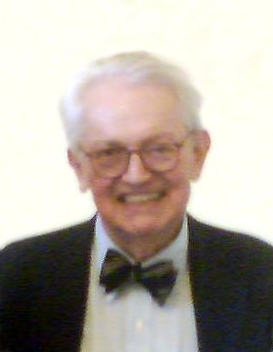
Charles Pence Slichter was an American physicist, best known for his work on nuclear magnetic resonance and superconductivity.
Triple resonance experiments are a set of multi-dimensional nuclear magnetic resonance spectroscopy (NMR) experiments that link three types of atomic nuclei, most typically consisting of 1H, 15N and 13C. These experiments are often used to assign specific resonance signals to specific atoms in an isotopically-enriched protein. The technique was first described in papers by Ad Bax, Mitsuhiko Ikura and Lewis Kay in 1990, and further experiments were then added to the suite of experiments. Many of these experiments have since become the standard set of experiments used for sequential assignment of NMR resonances in the determination of protein structure by NMR. They are now an integral part of solution NMR study of proteins, and they may also be used in solid-state NMR.

Professor Ramakrishna Vijayacharya Hosur is an Indian biophysical scientist, known for his expertise in the areas of nuclear magnetic resonance and molecular biophysics. The Government of India honoured him, in 2014, by awarding him the Padma Shri, the fourth highest civilian award, for his contributions to the fields of science and technology.

Geoffrey Bodenhausen is a French chemist specializing in nuclear magnetic resonance, being highly cited in his field. He is a Corresponding member of the Royal Netherlands Academy of Arts and Sciences and a Fellow of the American Physical Society. He is professeur émérite at the Department of Chemistry at the École Normale Supérieure (ENS) in Paris and professeur honoraire at the Laboratory of Biomolecular Magnetic Resonance of the École Polytechnique Fédérale de Lausanne (EPFL). He is a member of the editorial board of the journal Progress in Nuclear Magnetic Resonance Spectroscopy. He is the chair of the editorial board of the journal Magnetic Resonance.
Marc Baldus is a physicist and professor of NMR spectroscopy at Utrecht University. He is especially known for his work in the field of structural biology using solid-state nuclear magnetic resonance (ssNMR) spectroscopy. He applies ssNMR methods to establish structure-function relationships in complex biomolecular systems including membrane and Amyloid proteins. In addition, he develops cellular NMR methods to study large molecular transport and insertion systems in bacteria as well as signal transduction mechanisms in eukaryotic cells.
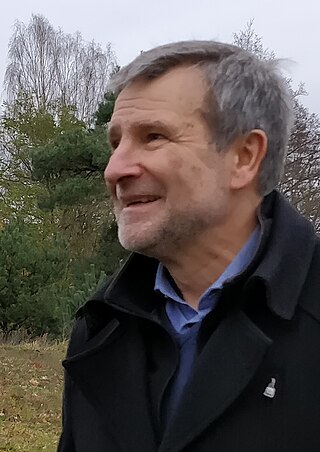
Hartmut Oschkinat is a German structural biologist and professor for chemistry at the Free University of Berlin. His research focuses on the study of biological systems with solid-state nuclear magnetic resonance.

Lucio Frydman is an Israeli chemist whose research focuses on magnetic resonance imaging (MRI), nuclear magnetic resonance (NMR) and solid-state NMR. He was awarded the 2000 Günther Laukien Prize, the 2013 Russell Varian Prize and the 2021 Ernst Prize. He is Professor and Head of the Department of Chemical and Biological Physics at the Weizmann Institute of Science in Israel and Chief Scientist in Chemistry and Biology at the US National High Magnetic Field Laboratory in Tallahassee, Florida. He is a fellow of the International Society of Magnetic Resonance and of the International Society of Magnetic Resonance in Medicine. He was the Editor-in-Chief of the Journal of Magnetic Resonance (2011-2021).
Lewis Edward Kay, is a Canadian academic and biochemist known for his research in biochemistry and nuclear magnetic resonance spectroscopy for the studies of the structure and behaviour of proteins. He is a professor of molecular genetics, biochemistry and chemistry at the University of Toronto and Senior Scientist in Molecular Medicine at The Hospital for Sick Children.
Malcolm Harris Levitt is a British physical chemist and nuclear magnetic resonance (NMR) spectroscopist. He is Professor in Physical Chemistry at the University of Southampton and was elected a Fellow of the Royal Society in 2007.
Robert Thompson Clubb is an American scientist. He a professor of chemistry, biochemistry, and molecular biology at University of California, Los Angeles.

Mei Hong is a Chinese-American biophysical chemist and professor of chemistry at the Massachusetts Institute of Technology. She is known for her creative development and application of solid-state nuclear magnetic resonance (ssNMR) spectroscopy to elucidate the structures and mechanisms of membrane proteins, plant cell walls, and amyloid proteins. She has received a number of recognitions for her work, including the American Chemical Society Nakanishi Prize in 2021, Günther Laukien Prize in 2014, the Protein Society Young Investigator award in 2012, and the American Chemical Society’s Pure Chemistry award in 2003.
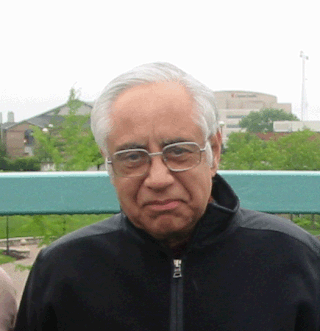
Anil Kumar is an Indian experimental physicist known for his work in the field of nuclear magnetic resonance spectroscopy. He is a professor at the Indian Institute of Science in Bangalore.

Rolf Gruetter is a Swiss physicist and neurobiologist specialized in magnetic resonance, biomedical imaging and brain metabolism. He is a professor of physics at EPFL and the head of the Laboratory Functional and Metabolic Imaging at the School of Basic Sciences.

Gaetano T. Montelione is an American biophysical chemist, Professor of Chemistry and Chemical Biology, and Constellation Endowed Chair in Structural Bioinformatics at Rensselaer Polytechnic Institute in Troy, NY.













